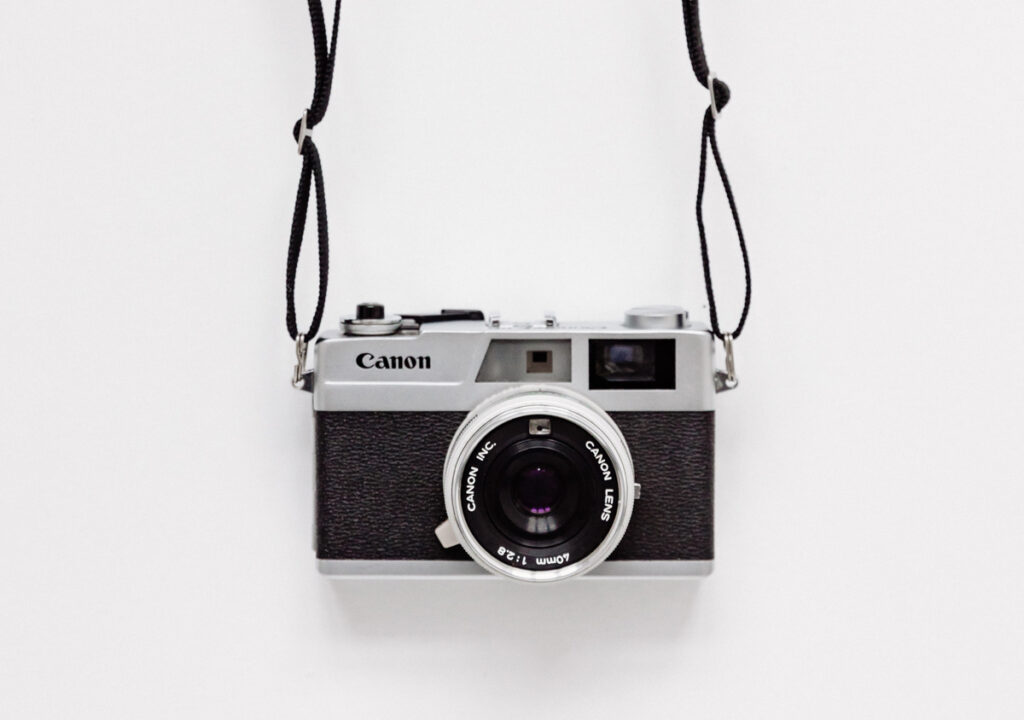
Christie’s MoMA Auctions: What do they mean for Photography?
Christie’s auction results reflect not only on MoMA but on photography as a whole
In August 2017 New York’s Museum of Modern Art announced that it would be auctioning 400 photography prints at Christie’s in a series of sales across autumn and into the new year.
In 1940, MoMA became the first American Museum to dedicate a department to Photography, cementing photography’s already growing presence as an art form. Today the collection holds over 30,000 modern and contemporary photographs and is considered one of the most comprehensive collections, charting photography from its 19th-century roots to today. So what does MoMA’s decision to sell a selection of this collection mean to the wider industry?
The first auction, a sale of thirty-five Henri Cartier-Bresson prints, realised $313,150, with an editioned print of ‘Behind the Gare St.Lazare, Paris’ taking a hammer price of $81,250; $56,000 over its top estimate of $25,000. The print was released from MoMA’s collection just over five decades after it was first exhibited by them in The Photographer’s Eye exhibition in 1964.
Henri Cartier-Bresson was one of the most influential photographers in the industry, best known for co-founding one of the most successful photography agencies in the world: Magnum, as well as the standout initiator of ‘the decisive moment’ – an instinctual choice to release the shutter at the most significant moment, resulting in one image that encapsulates the photograph’s story. Because of this, and his stellar body of work, Cartier-Bresson continues to act as the perennial practitioner for photography students all over the world. With this in mind, why is Cartier-Bresson’s print worth only 2% of the most expensive photograph ever sold at auction?
Looking at the results from MoMA’s other auctions brings up further questions. The second of their sales was the ‘Photographs including Property from the Museum of Modern Art’ auction, which saw the sales of three of the most expensive photographs to be sold this year – none of which were from MoMA’s collection. It was Ansel Adams’ ‘Clearing Winter Storm, Yosemite National Park, California,1938’ print that was MoMA’s most expensive lot to sell, which sold for $100,000; $20,000 above the top estimate of $80,000.
In America, Ansel Adams is largely a household name, and internationally is considered one of the most famous photographers, and certainly the most famous Landscape photographer. So why did work by Peter Beard, Irving Penn, Robbert Mapplethorpe, Hiroshi Sugimoto and Man Ray, all sell for tens of thousands of dollars more?
It could be that MoMA’s photographs were later editions by the artists, making the work less valuable than a first edition print. It could also be that buyers consider MoMA’s prints as cast-offs. Why should collectors buy a print that even MoMA don’t want?
Or it could be because of a recent, ongoing shift in photography at auction, where increasingly mindful buyers are looking to invest in more contemporary works, usually from artists who are still living.
These auction results reflect not only on MoMA but on photography as a whole.
Where buyers have previously been cautious about risking their money on newer works, which may, not only lack the stellar provenance of an older, more established work but may also lack the unique quality of analogue printing, synonymous with pre 21st-century photography. But contemporary practitioners, such as Andreas Gursky (whose Rhein II is the most expensive photograph sold at auction at over $4 million) and Wolfgang Tillmans, have proved that contemporary art can retain the fresh, bold qualities, while also using the unique analogue techniques. And, in turn, this has resulted in an explosion of high-priced contemporary prints routinely out-performing the reliable silver prints of centuries past.
MoMA claimed that selling these 400 photographs would help them to ‘refine’ their collection, and the sales would help the museum’s photography acquisitions fund. So, perhaps MoMA’s move suggests a growing appetite for the continuing growth of photography as an art form, and is the biggest sign yet that we’re entering a new phase in the auction of photographs, one which turns its attention from the past, and into the present, which ultimately will prove beneficial for the future of photography.
image by yoann siloine
2 thoughts on “Christie’s MoMA Auctions: What do they mean for Photography?”
Comments are closed.